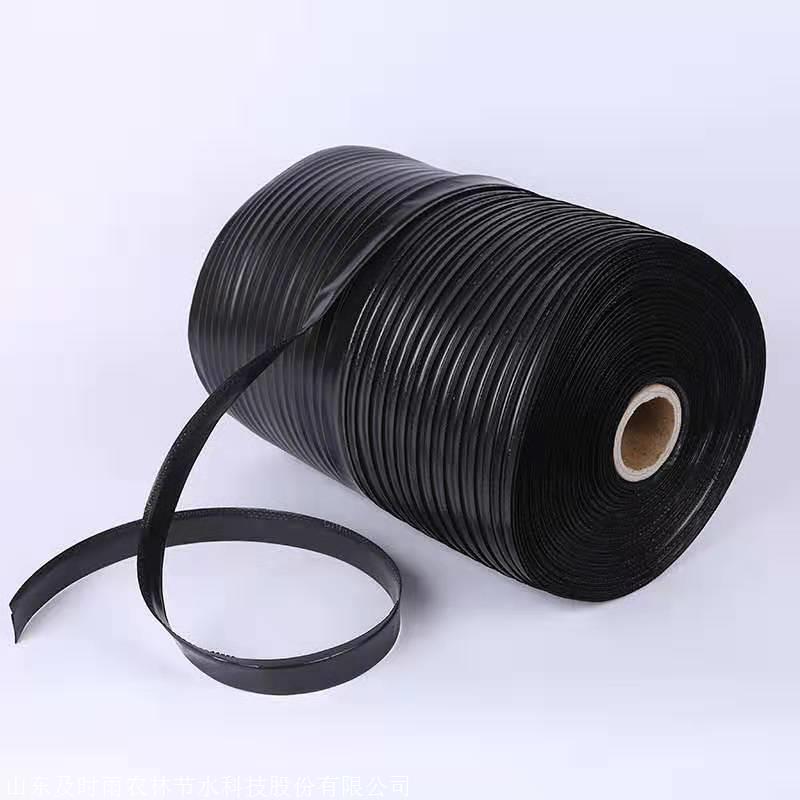1. Wheat Irrigation Measures
- Pre-winter Management: Before winter sets in, wheat needs irrigation. The timing for irrigation should be during surface night frosts, with a water volume of 60-70 cubic meters per acre.
- Jointing and Heading Stage Irrigation: Irrigate during the wheat stem elongation to jointing stage (early April). The interval between the initial irrigation and the second irrigation is about 15 days, ensuring thorough and sufficient watering.
- Heading to Ripening Stage Irrigation: After heading, wheat cannot be short of water. Irrigate approximately every 15 days to keep the field moist, and irrigate wheat yellow water simultaneously.
2. Maize Irrigation Measures
Attention should be paid to water quality to ensure the plants’ water needs. Maize planted under mulch has tall plants with shallow roots and poor drought resistance. Therefore, early watering and shallow furrows are necessary to ensure water needs. Irrigation should be carried out 4-5 times throughout the growth period. After fertilization and furrow opening, the furrows should be carefully repaired, and initial irrigation should be ensured promptly. The timing of subsequent irrigation should be based on seedling conditions, weather, and soil conditions, avoiding excessive drought. Typically, the first irrigation is in mid-June, the second in early July, the third in late July, the fourth in mid-August, and the fifth in early September.
3. Cotton Irrigation Measures
Cotton requires irrigation 3-5 times throughout its growth period, adhering to the principles of late initial irrigation, timely second irrigation, and sufficient third irrigation. The first irrigation should be carried out when obvious signs of leaf water shortage are observed at noon, ideally when 10% of the cotton plants have bolls. Late June to early July is the optimal period for initial irrigation.
For areas with vigorous growth, irrigation should be delayed until the plants bear 1-2 fruits per plant. Water control should be strengthened to prevent excessive growth. The irrigation volume for the first and second irrigation should be small, about 50-60 cubic meters per acre, with an interval of 8-10 days between the first and second irrigation, and 10-15 days between the second and third irrigation. Irrigation should be stopped around August 10, not later than August 20.
4. Tomato Irrigation Measures
For tomatoes, irrigation should start after the first fruiting (when the leading fruits are about the size of walnuts). Throughout the growth period, irrigation should be done 3-4 times. Typically, water should be applied once during the seedling stage, with subsequent irrigations every 10-15 days based on soil moisture and plant conditions. Each irrigation should involve 60-110 cubic meters per acre.
Irrigation should be done through drip channels to avoid flooding, which can lead to fruit rot and disease. Additionally, proper tillage should be carried out to prevent seedling death due to water shortage. In fields experiencing severe drought, furrows should be opened early to facilitate water flow, and subsequent irrigations should follow closely after the initial irrigation, with the timing of later irrigations adjusted based on market conditions and fruit development.



